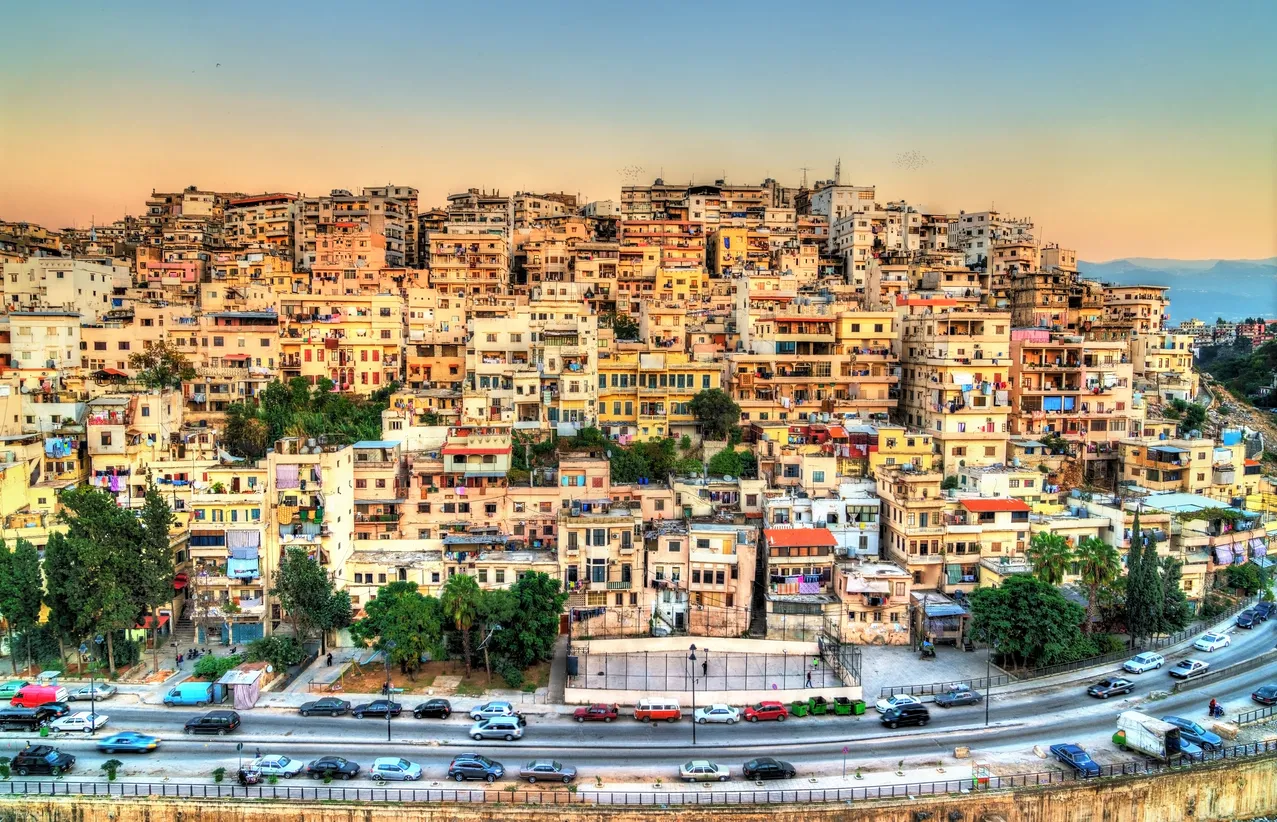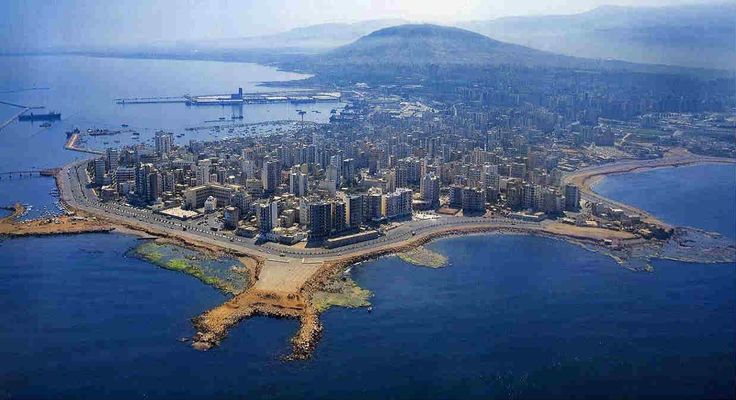



Tripoli is the largest and most important city in northern Lebanon and the second-largest city in the country. Situated 81 km north of the capital Beirut, it is the capital of the North Governorate and the Tripoli District. Tripoli overlooks the eastern Mediterranean Sea, and it is the northernmost seaport in Lebanon. Wikipedia
Known for: Mamluk and Crusader-era landmarks, traditional souks, and world-famous sweets
Location: Northern Lebanon, ~85 km (53 miles) from Beirut — ~1.5 hours by car
Spring (March–May): 🌸
✅ Ideal weather for walking tours and exploring the old city
Fall (September–November): 🍂
✅ Great visibility and mild temperatures — less tourist traffic
Summer (June–August): ☀️
🔥 Hot and humid — souks are lively but afternoons can be sweltering
Winter (December–February): 🌧️
🌧️ Occasional rain but still a worthwhile experience — especially for hammam visits and indoor shopping
🚗 By Car:
~1.5–2 hours from Beirut via Route 51M (coastal highway)
Scenic drive along the Mediterranean coastline
🚌 By Bus:
Minibuses from Cola Station or Charles Helou Station in Beirut to Tripoli
Cost: ~$3–$5 USD
Frequent departures throughout the day
🚕 By Private Driver or Tour:
~1.5-hour drive, typically part of a North Lebanon tour that includes Batroun or Ehden
Built in the 12th century by Crusaders, later fortified by Mamluks and Ottomans
Panoramic views over the city and port
Features underground passages, watchtowers, and historic cannons
Authentic maze of covered markets
Sell everything from copper, spices, soaps, and gold to tailored clothing and fabrics
Less touristy than other Lebanese souks
Grand mosque with Mamluk minaret and tranquil courtyard
Built on the remains of a Crusader church
Hammam al-Abed and Hammam al-Nouri are the most famous
Some are still functional, others are historic sites — beautiful domed architecture
Ottoman-era clock tower in the city center
El Mina, the coastal district, has sea views, seafood restaurants, and a relaxed vibe
🚶 Take a walking tour through the medieval Mamluk quarter
🛍️ Shop for handmade copperware, soaps, and jewelry
🧁 Eat your way through Tripoli’s dessert shops
🛁 Visit a traditional hammam for a spa-like cultural experience
🌅 Sunset walk along El Mina corniche or take a boat ride
🕌 Visit the many mosques, madrasas, and khans from the Islamic golden age
Tripoli has a few boutique and business-style hotels:
Lamunia Hotel & Wellness Spa – upscale hotel with sea views and hammam
Via Mina Hotel (in El Mina) – charming heritage hotel near the water
Azm Palace Hotel – central location, modern amenities
Beit al-Naher – historic guesthouse in the heart of old Tripoli (limited availability)
Sfiha – flatbread topped with spiced meat
Fatteh – layered dish of chickpeas, yogurt, and pita
Kebbeh Meklieh – fried meat-stuffed bulgur shells
Foul and Hummus – traditional breakfast plates
Arak – local aniseed liquor (optional, not common in conservative areas)
Hallab 1881 – a legendary spot for knefeh, baklava, maamoul, and znoud el sett
Abou Said Sweets – great for takeaway treats
Al-Attar Sweets – old-school charm and time-honored recipes
Akra Restaurant – famous for foul, hummus, and Lebanese breakfast
Abou Fadi – great grilled meats and mezze
Oceanus (El Mina) – seafood with a view
Taverna (Al Mina) – fusion dishes and creative cocktails
Tripoli is a Sunni Muslim-majority city with strong traditional values
Home to some of the most intact Mamluk architecture in the world
Proud of its culinary heritage, especially sweets and copper craftsmanship
Despite economic challenges, the locals are warm, proud, and welcoming
Arabic is widely spoken; some shopkeepers speak French or basic English
🧕 Dress modestly, especially in religious areas and the souks
📷 Ask permission before photographing locals or religious buildings
💵 Carry cash (USD or LBP) — most places don’t take cards
👟 Wear good walking shoes — old city streets are uneven
🧭 Use a local guide if you want to dive deep into the Mamluk landmarks
🚕 For safety and convenience, arrange transport ahead of time or go with a guide